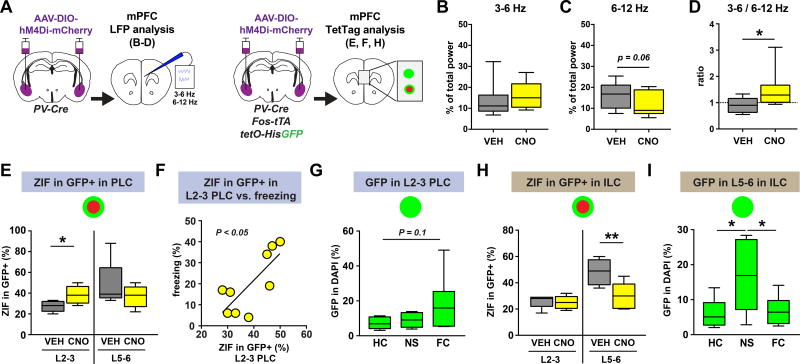Figure 6. Silencing BLA PV-interneurons shifts mPFC ensemble dynamics.
A) Chemogenetic silencing of BLA PV-interneurons was combined with either in vivo LFP recording in the mPFC using the same group of mice as in figure 3, or with TetTag analysis of the mPFC using the same group of mice as in figure 1. B–D) Silencing PV-interneurons during post-extinction retrieval increased the 3–6/6–12 Hz power ratio in the mPFC (D, Wilcoxon matched-pairs: W = 39, P = 0.0195, n = 9 mice), without significantly changing the 3–6 Hz power (B, Wilcoxon matched-pairs: W = 23, P = 0.2031, n = 9 mice), or the 6–12 Hz power (C, paired t-test, t(8) = 2.201, P = 0.0589, n = 9 mice). E) Silencing BLA PV interneurons during post-extinction retrieval increased the reactivation of superficial PLC GFP+ neurons (L2–3, unpaired t-test, t(12) = 2.689, P = 0.0197, VEH n = 5 mice, CNO n = 9 mice), but had no effect on deep PLC GFP+ neurons (L5–6, Mann-Whitney test: U = 17, P = 0.4935, VEH n = 5 mice, CNO n = 9 mice). F) The percentage of reactivated GFP+ neurons in the superficial PLC correlated with freezing behavior (linear regression: F(1,7) = 9.977, P = 0.0160, n = 9 mice). G) In a separate experiment, fear conditioning caused a trend for increased GFP+ tagged neurons in the superficial PLC as compared to mice left in the homecage (one-way ANOVA: F(2,17)=2.684, P = 0.0970, homecage/HC n = 8 mice, no-shock/NS n = 5 mice, fear conditioned/FC n = 7 mice; Tukey's multiple comparisons test HC versus FC: q(17) = 3.139, P = 0.0964). H) Silencing BLA PV interneurons during post-extinction retrieval decreased the reactivation of deep ILC GFP+ neurons (L5–6, unpaired t-test: t(12) = 3.336, P = 0.0059, VEH n = 5 mice, CNO n = 9 mice), but had no effect on superficial GFP+ neurons (L2–3, Mann-Whitney test: U = 20, P = 0.7962, VEH n = 5 mice, CNO n = 9 mice). I) In a separate experiment, deep layer ILC neurons were preferentially tagged in animals exposed to a novel context without shock, as compared to homecage and fear conditioned animals (one-way ANOVA: F(2,19) = 5.282, P = 0.0150, homecage/HC n = 8 mice, no-shock/NS n = 6 mice, fear conditioned/FC n = 8 mice; Tukey's multiple comparisons test HC versus NS: q(19) = 4.209, P = 0.0202; Tukey's multiple comparisons test NS versus FC: q(19) = 3.921, P = 0.0311). All box plot graphs show median (line inside box), 25% and 75% percentiles (box edges), and minimum and maximum values (error bars).

